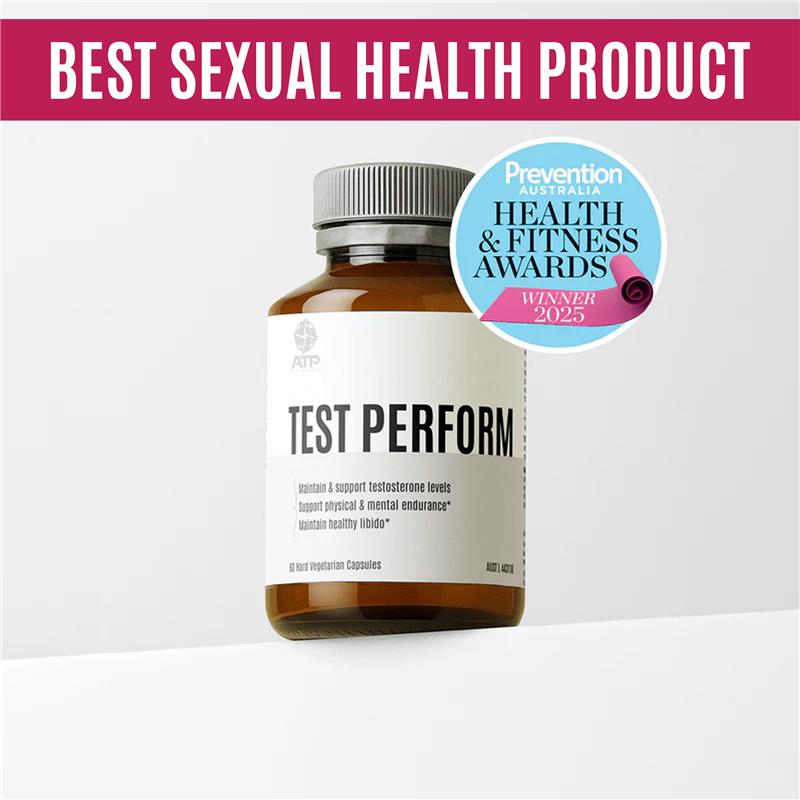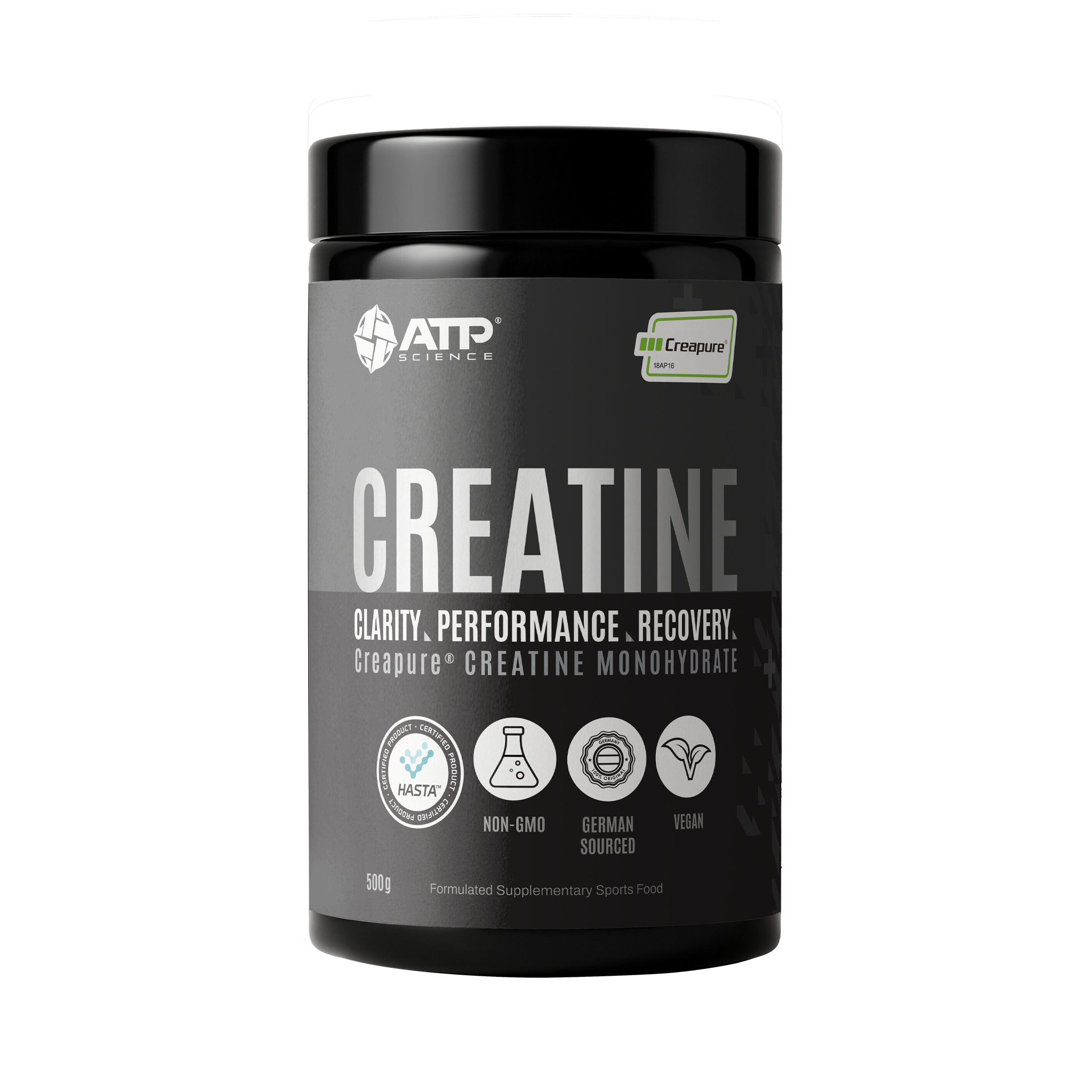Vitex - There may be no more ‘womanly herb’ than Vitex agnus-castus (or Chaste Tree, or, as it is more commonly known as Vitex). This prevalent herb is used for conditions such as premenstrual tension (PMT) and menopause. However, is this just hype, or is there science behind this fantastic herb (spoiler alert: there is loads of science behind it)? This article explores the science behind Vitex.
What is Vitex?
Grown primarily to the Mediterranean, Vitex has diffused into places like Europe, Asia, and North Africa. With over 2,500 years of traditional use, many cultures could have used this fantastic herb, mainly for women’s gynecological conditions. Vitex has also been used traditionally in Italy, Iran, Greece, and Egypt.
Vitex traditional uses
The fruits of Vitex are almost exclusively traditionally used to treat female conditions. For example, menstrual disorders such as amenorrhoea and dysmenorrhoea (lack of periods and painful periods) have been successfully treated using Vitex. Some women also suffer pre-menstrual syndrome (PMS), including depression, pain, moods, and bowel disorders. Vitex has been used to successfully treat PMS and the terrible symptoms that come with it. While later in the article, we will learn that Vitex reduced prolactin, traditional Iranian medicine suggests that Iranian women have Vitex to increase breast milk production.
Premenstrual Syndrome (PMS)
PMS is probably the bane of women's reproductive life. It affects numerous women and, while not fatal, can cause a drastic reduction in many people's quality of life. It manifests as mood swings/depression, breast tenderness, cramps, headaches and body aches, and a host of other symptoms that range from being a mild nuisance to debilitating pain, from horrendous mood swings, and frank depression.
Mid-way through the average women's 28-day cycle, around day 14, the woman ovulates, releasing an egg from the ovaries. This little unfertilised egg travels down the fallopian tubes, where it may encounter a sperm. If a sperm interacts with the egg, the then fertilised eggs travel down the fallopian tubes where it imbeds and grows into, well, a human. If the egg doesn't get fertilised, the eggs travel down the fallopian tubes where it enters the uterus. It then triggers hormones (namely progesterone) until about a week later where the egg dies and stops making the feel-good hormones women love. The hormones in the woman's brain then drop; she often takes on the dreaded PMS. Simultaneously, the plummeting progesterone causes the endometrium to fall away, causing uterine bleeding (‘the period’). The bleeding often coincides with a reduction in the other symptoms associated with PMS.
Clinical trials on Vitex - PMS
Vitex is one of those go-to herbs nearly always included in a female herbal mix by a modern herbalist. The primary reason for this is the strength of scientific studies performed on Vitex which are pretty overwhelming.
One example of a study that showed promising results was completed in 2010. The researchers performed a prospective, randomised, double-blind, placebo-controlled design for three menstrual cycles with 67 women diagnosed with moderate to severe PMS. This study concluded that the group that recieved the active Vitex had vastly reduced PMS symptoms compared to the placebo group.
Back in 2001, researchers looked at 178 women with PMS . This study was a prospective, randomised, placebo-controlled study for three menstrual cycles. They measured the women’s irritability, mood alteration, anger, headache, other menstrual symptoms, including bloating and breast fullness. When the vitex treatment group was compared to the placebo group, the vitex treatment group had their symptoms vastly reduced.
Scientists conducted a randomised, placebo-controlled, double-blind, cross-over trial for six menstrual cycles. This study included 128 patients with PMS. The researchers wanted to find out what effect Vitex had on PMS symptoms. Once again, compared to the placebo, the vitex group improved dramatically. How dramatically? This study achieved a statistical significance of P<0.0001. What does this mean? This means that these results occurred with only a 1 in 10,000 probability of these results occurring by chance.
In a double-blind, placebo-controlled, parallel-group, multi-center trial study 200 women who suffered bad PMS were evaluated over three menstrual cycles. Once again, the studies found that Vitex is statistically superior to a placebo when treating severe PMS. The interesting finding from this study what the lack of side effects. The Vitex group reported fewer side effects than the placebo group.
Vitex for the Treatment of Cyclic Mastalgia
Cyclic Mastalgia (CM) is essentially cyclic painful breasts and is associated with hyperprolactinemia. CM is often classified as a PMS symptom, yet because it is widespread (about 80% of women have had CM during some point of their life) during some menstruating women's cycles, women's prolactin levels climb. Prolactin, as the name would suggest, is designed to increase milk production in breasts; however, during the menstrual cycle, prolactin can increase in women just enough to engorge the breasts, which causes swelling and pain. This can become quite distressing for the women, and treatments are limited.
One neurotransmitter can reduce prolactin in women. Dopamine is one of the chief regulators of prolactin, so foods and herbs that lift dopamine levels will drive down prolactin. Some foods contain tyrosine, which is the amino acid that can be converted into dopamine in the body. Better than that, some beans contain L-Dopa, which is the direct precursor to dopamine. So, focusing on those foods would be the best way to drive up dopamine levels naturally.
Vitex is a fantastic herb that also has been found to increase dopamine levels.
The take-home message
If you are a woman, it is likely you may have taken Vitex to treat your PMS or breast tenderness, and as per the literature, it is expected to have benefited you. If you haven't taken this fantastic herb, it may pay you to consider taking it if you suffer froThe Virtues of Vitex for Women PMS or other female conditions. Sure, men can take this herb also, but that is for another time.
Reference
Cerqueira RO, Frey BN, Leclerc E, Brietzke E. Vitex agnus castus for premenstrual syndrome and premenstrual dysphoric disorder: a systematic review. Arch Women's Ment Health. 2017 Dec;20(6):713-719. DOI: 10.1007/s00737-017-0791-0. Epub 2017 Oct 23. PMID: 29063202.


















